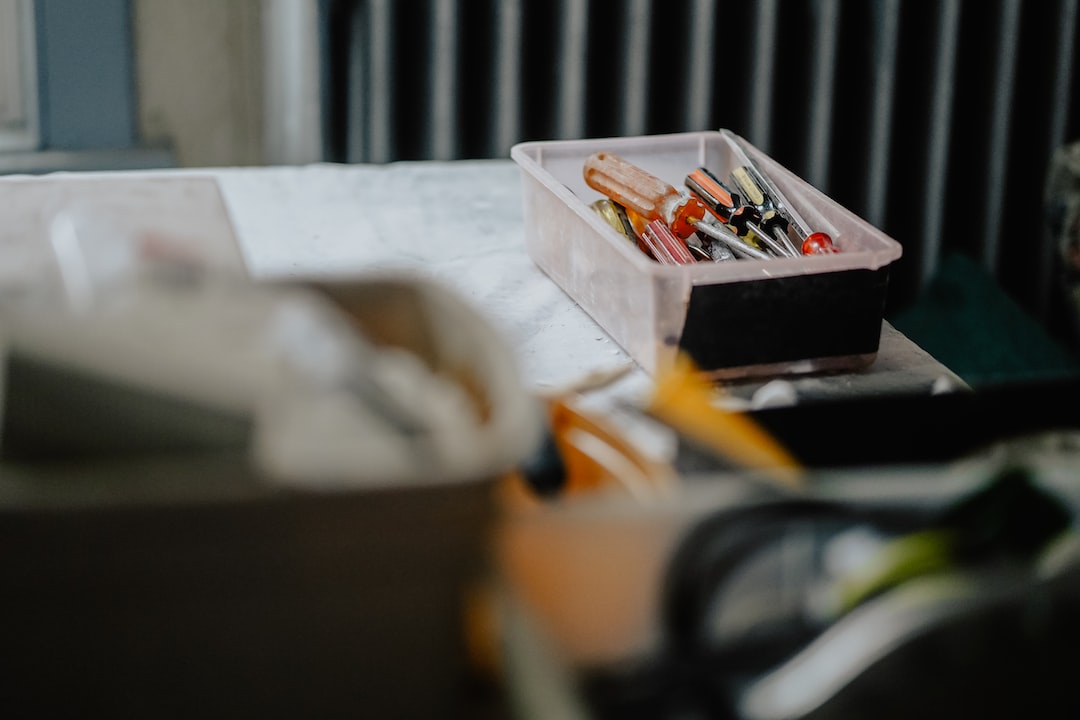In today’s fast-paced world, we often find solace in nature, and what better way to bring nature indoors than by cultivating an indoor garden? Indoor plants not only add beauty and aesthetic appeal to our living spaces but also improve the quality of the air we breathe. Creating a green sanctuary within your home is a fulfilling and rewarding project, and with the right knowledge and care, you can transform your living space into a thriving haven for plants. In this comprehensive guide, we will provide you with all the necessary information and tips to care for your indoor plants and create a green sanctuary that will be the envy of all.
Choosing the right plants:
Before diving into the care and maintenance aspect, it is essential to select the right plants for your indoor garden. Consider factors such as the amount of light available, the level of humidity in your home, and the specific care requirements of each plant. Some popular plants for indoor gardening include the evergreen Snake Plant, the low-maintenance ZZ Plant, and the elegant Peace Lily. Take your time to research and choose plants that suit your lifestyle and preferences.
Providing adequate light:
Light is one of the most critical factors for the growth and health of indoor plants. While most plants require bright, indirect light, some varieties thrive in low-light conditions. Place your plants in areas with access to natural light, such as near windows or balconies. However, be cautious of direct sunlight as it can scorch the leaves of certain plants. If your home lacks sufficient natural light, consider investing in grow lights specifically designed for indoor gardening.
Watering and humidity:
Proper watering is crucial for the well-being of your indoor plants. Different plants have varying water requirements, so it is essential to understand the needs of each species. Overwatering can lead to root rot, while underwatering can cause dehydration and stunted growth. A general rule of thumb is to water your plants when the top inch of soil feels dry. Use room temperature water and ensure that excess water drains properly from the pots to prevent waterlogging.
Humidity is another factor to consider, especially if you live in a dry climate or during winter when indoor heating can dry out the air. Increase humidity levels by grouping plants together or placing them on trays filled with water. Misting your plants periodically can also help maintain appropriate humidity levels.
Feeding and fertilizing:
To ensure healthy growth, indoor plants require nutrients. Consider fertilizing your plants every two to four weeks during the growing season using a balanced, water-soluble fertilizer. Be mindful not to over-fertilize, as this can cause salt buildup in the soil, leading to burning of the plant’s roots. Follow the instructions provided by the manufacturer or consult a gardening expert for specific fertilization advice for each plant variety.
Pruning and grooming:
Pruning your plants not only helps to maintain their shape and size but also stimulates new growth. Regularly remove any dead or yellowing leaves, as they can attract pests and diseases. Groom your plants by wiping their leaves down with a damp cloth to remove dust and improve their overall appearance. This also allows them to absorb more sunlight and thrive.
Pest control:
Indoor plants are not immune to pests, and it is important to keep a close eye out for common pests such as spider mites, aphids, and mealybugs. Inspect your plants regularly for signs of infestation, such as holes in leaves, sticky residue, or webbing. Should you encounter any pests, there are various natural and chemical pest control methods available. From neem oil sprays to insecticidal soaps, consult a professional or reputable gardening resource for the best pest control practices.
Creating a green sanctuary:
Beyond the care and maintenance of indoor plants, creating a green sanctuary involves thoughtfully incorporating plants into your living space. Consider utilizing different planters, such as hanging pots, wall-mounted planters, or terrariums, to add visual interest. Arrange plants of different heights and textures to create a lush and balanced environment. Additionally, you can incorporate decorative plant stands, shelves, or wall-mounted fixtures to display your plants. Get creative and update your space with unique plant-related decor, such as botanical artwork or plant-themed accessories. The possibilities are endless when it comes to transforming your home into a green sanctuary.
Conclusion:
Caring for indoor plants and creating a green sanctuary is a fulfilling and rewarding endeavor that promotes mental well-being and adds life to your living space. From choosing the right plants to providing adequate light, water, and nutrients, this complete guide has provided you with the necessary knowledge and tips to embark on your indoor gardening journey. Remember to adapt your care routine to suit the specific needs of each plant and enjoy the countless benefits of having a green sanctuary of your own.
